March 22, 2016
*I wrote this post in my head during the hours I was climbing Mt.Kilimanjaro with One Million Thumbprints on summit day. When I got back, I typed it out.
**Almost all of the pictures in this post were taken by fellow climber, Chelsea Hudson, a talented photographer, and beautiful soul.
__________________________________________________________
Fifteen pairs of boots hit the scree in heavy steps. Deep, rhythmic breathing provides the only sound under a vast black sky dotted with stars that wrestle for attention. It is as if heaven has come half way down to greet us on the mountain. We desperately want to grant a captive audience, but lack of focus on the ground ahead threatens a costly mistake so we only glance up on our turns at the switchbacks. Head down, one foot in front of the other, pole pole (slowly, slowly).
My thoughts turn to eastern Congo in the dark, wide open space of my mind – a place I had sat only one week before. Before I went, nightmares riddled my daydreams as I envisioned going into one of the most dangerous places in the world to be a woman. I deeply feared for my safety and that of our team. I knew it was a huge risk, and I can’t say I ever arrived at any real substantial peace…that is, until I stood on the border.
We crossed into the Democratic Republic of Congo (DRC) from Rwanda at sunset. Rwanda felt stable. Not so in Congo. It felt dangerous, vulnerable, hostile. The picturesque scenery of towering, rainforest hills, and the beautiful Lake Kivu belied the violence and war riddling the country. For a reason I can only explain as supernatural, a peace came over me as we stepped into this rogue country. We drove deeper and deeper into the rural areas, armed guards flanking our jeeps.
I struggle for oxygen in the high alpine air. I’ve lost track of time in the darkness. How long have we been climbing? Two hours? Five hours? I can’t tell. It’s hard to get past the cold, even in expedition weight down jackets. How can it be that only five days prior we were dripping from the sweltering heat and 100% humidity, sitting on church pew benches in the DRC? The church was the only place we could go that was safe, so the drivers would drop us off and we’d stay all day meeting with people, then we’d hustle back to the convent by nightfall where we were staying.
The church is where I met *Adisa.
She sat, small and still in her chair until it was her turn to talk. Quietly she slipped out of the pew, her fushia pink turban framing her petite face. She began quietly, slowly allowing words to form on her lips.
Bandits had taken over her village and drove her family from their home. They had no where to go but to hide in the forest. Her children were hungry and unprotected. Survival forced her to return to the village where she could pick some fruit off of the trees.
When Adisa returned, she realized that she was not the only one desperate for provision. Many others had also come back to see what they could forage, the hunger pains driving their desperation to risk danger. Without warning, the bandits opened fire.
Adisa turned and ran, hurdling coffee plants, until a bullet hit her in the head. Wrapping herself around the base of a coffee plant, she held on and hoped the camoflauge would prevent them from finding her.
To her horror it didn’t. They discovered her frightened body curled around the plant like a wounded snake. She would not let go, so they cut off her finger with a machete. Determined for the plant to be her protector, Adisa still did not let go. Angered, the bandits sliced through her calf muscle, leaving her lame.
She writhed in pain and grabbed at her leg, releasing her tight grip. Drunk on their power, the rebels then proceeded to rip her clothes, rape her, and leave her for dead.
By God’s grace, Adisa was found and brought to a hospital where she spent 2 ½ months recovering from the horrific trauma.
But the pain went far beyond the physical and emotional harm. Everywhere she went people would whisper or even shout behind her, “That is the woman the bandits raped. Damaged. Worthless.” Rejected and an outcast, she felt destroyed beyond repair.
In a moment of divine intervention, someone from the church found her and took her to the counselors at World Relief. They gave her a place to share her story, allowed her to talk to others who were also victims of physical violence, and brought her towards healing and wholeness through counseling. They coached her how to respond to people who shame her, and to hold her head high as a child of God.
This is Esperance, a doctor working with World Relief, committed to walking with women who have been victims of violence in the DRC. She is a true hero of the world. Every single woman we interviewed that day mentioned her specifically by name.
Thankfully, Adisa received help, but this was no easy mountain to climb. In fact, it was excruciating. Both on a physical level, and emotional. Step by step by step by step she persevered through her healing, to the point of being able to stand tall and tell her truth unashamed to a group of American women who had agreed not to turn away from her pain, but instead hold it up to the light with her.
“Krista, how are you?” A voice pierces my thoughts and tethers me back to the mountain. “My heart rate is pretty high, but fine, Abraham. I’m fine.” I replied. It was true. My heart arrythmia had been a major risk factor when I considered joining the team. I knew it would be fine, until a certain elevation, I just didn’t know its threshold. This heart has never seen 19,000 feet outside of a pressurized aircraft.
But if Adisa could endure that kind of brutality, surely I can endure some discomfort and risk.
I think of her and set my boots hard on the mountain, firmly stepping up. I think of her and find strength and courage. I think of her and mentally renew my resolve.
My pain will only last a short while – hers, well, it lingers a lifetime.
Adisa is why I climb. She is the reason I dared to go the Democratic Republic of Congo and why I now take the risk of climbing this mountain.
Because we are all Adisa.
She is a woman with a thumbprint- uniquely designed by God, deserving of dignity.
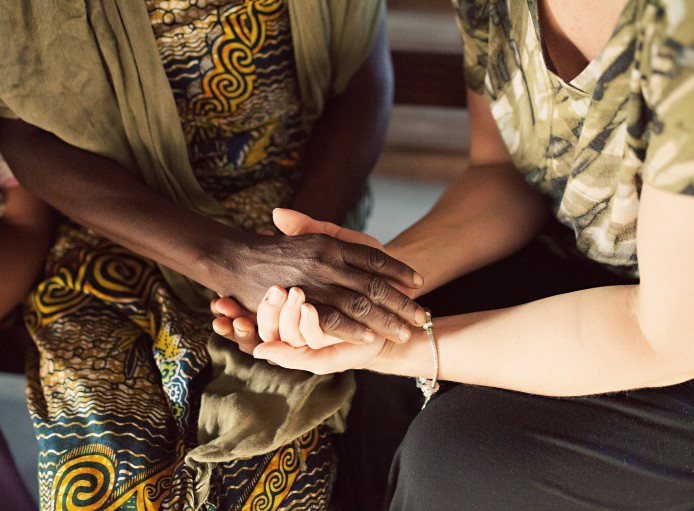
Most of us reading this live in places in the world where we are safe, and free as women to become whatever we want to become. We are protected by laws that govern our nations. We are treated as human beings. This is not true of our sisters in Congo, South Sudan, or Syria.
Adisa’s story is like so many others – some maybe not as violent, and some even harder to swallow than hers. And if we had been born into those cultures, in those places, as one of those victims, we would beg and plead for someone to SAY YES and do something.
So my something is summiting Mt.Kilimanjaro. What is yours?
- Do you want to help start a savings group through World Relief (a micro-finance loan that changes the lives of 25 families)?
- Do you want to help bring non-violent solutions to problems in war zones by supporting peace committees?
- Do you want to pray on behalf of Adisa and other women in war zones to find freedom and wholeness?
- Donating to One Million Thumbprints will help Adisa and women like her. Every little bit counts and helps!
It all matters. We can’t look away, or say we didn’t know. As Flannery O’Connor so eloquently said:
“The truth does not change according to our ability to stomach it.”
So, as sisters, we stand with the women in the DRC, South Sudan, and Syria, and say, “today, we will not look away.”
*Name has been changed to protect the identity of the woman mentioned.
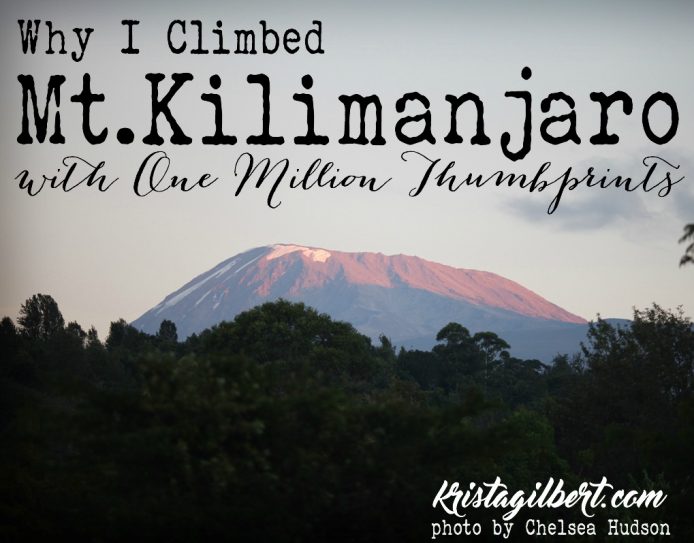
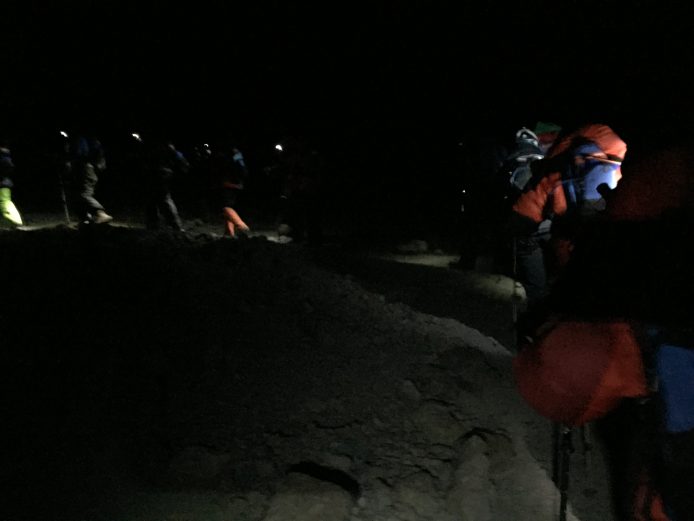
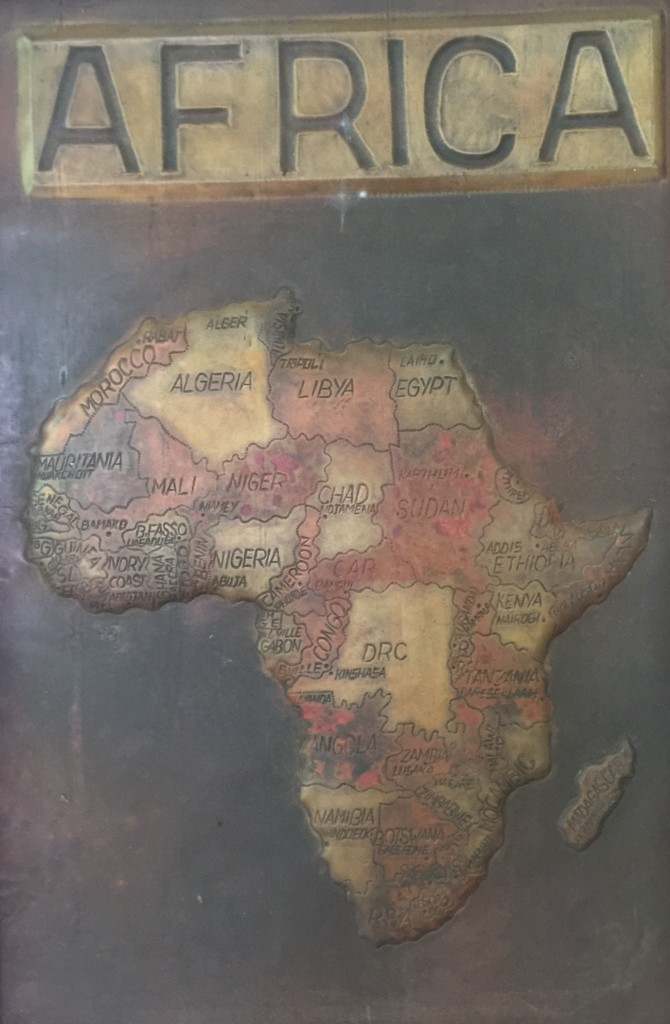
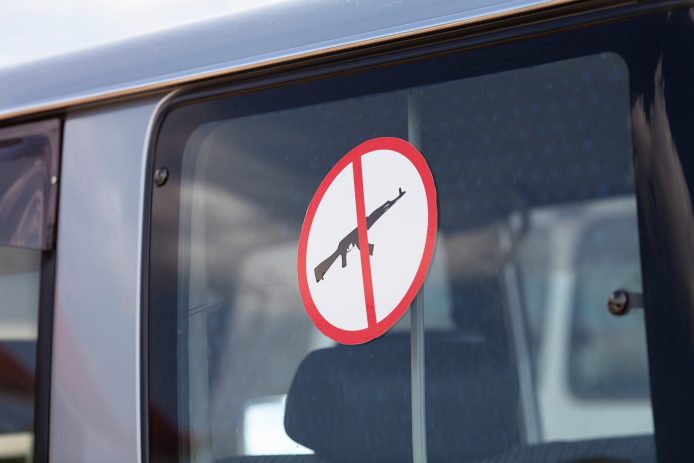
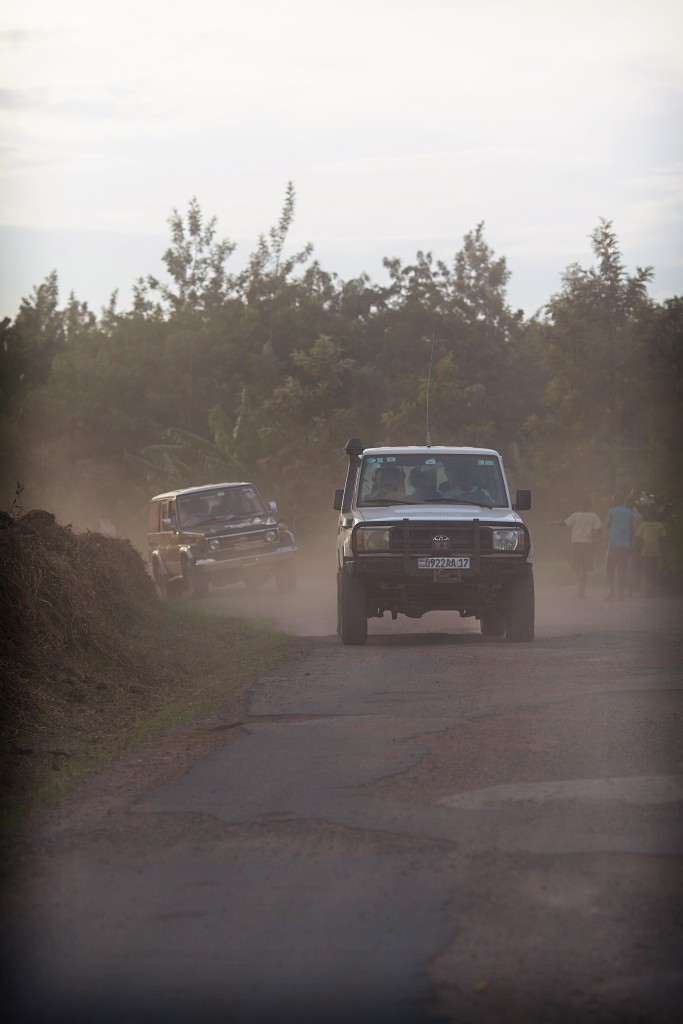
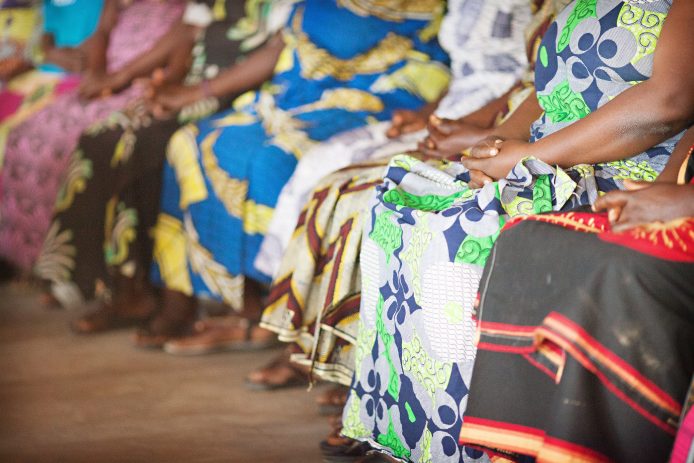
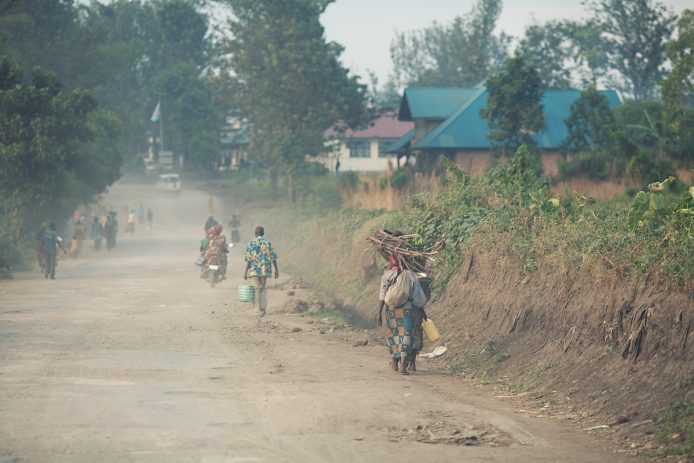
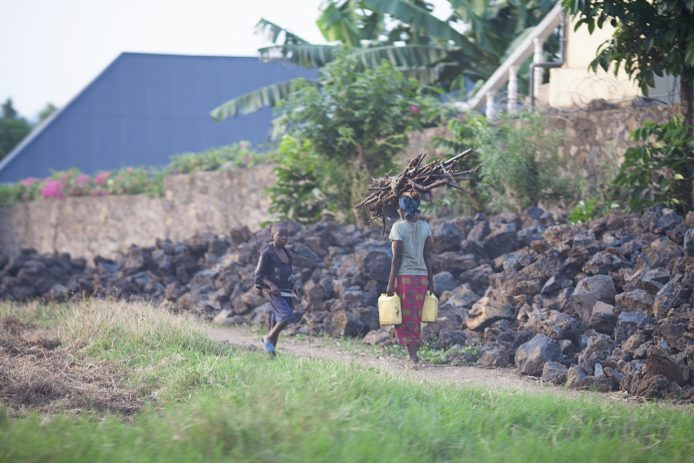
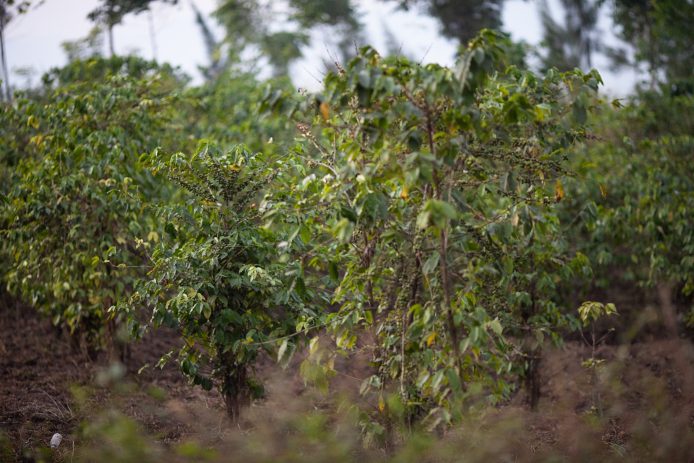
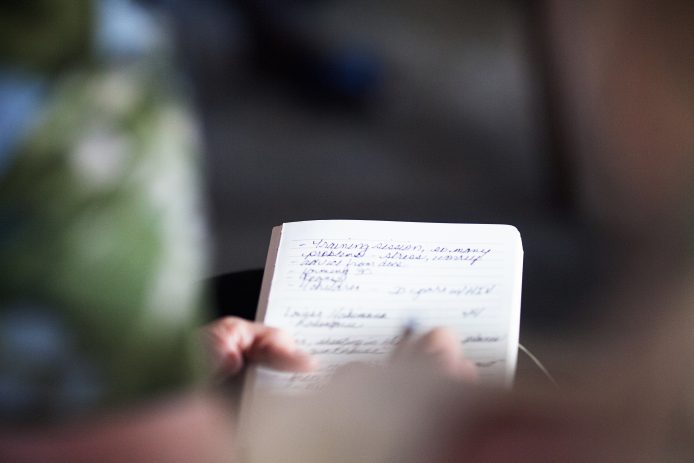
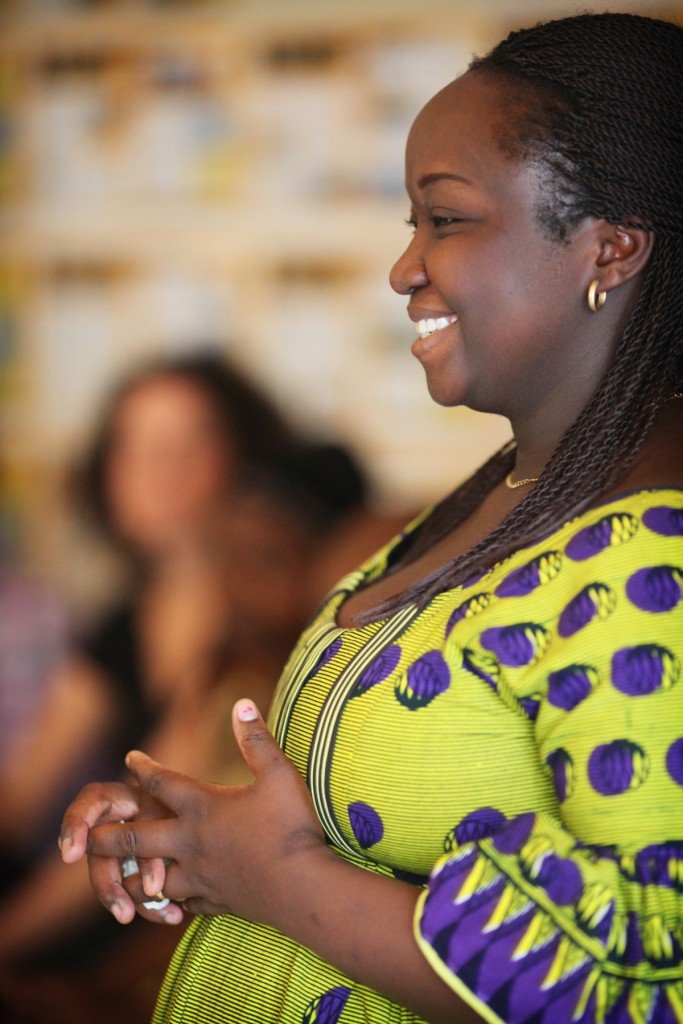
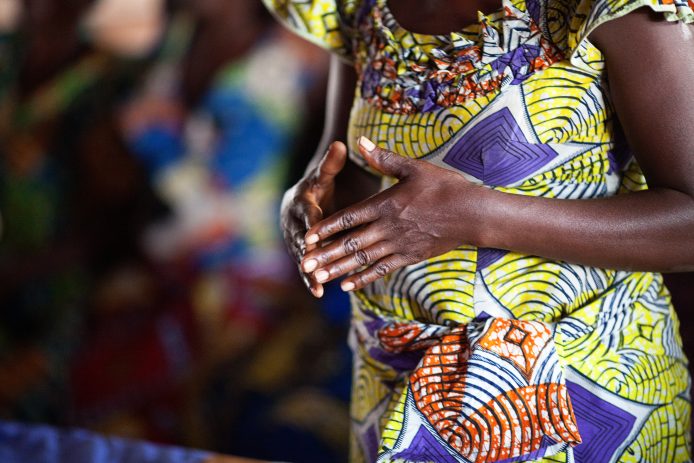
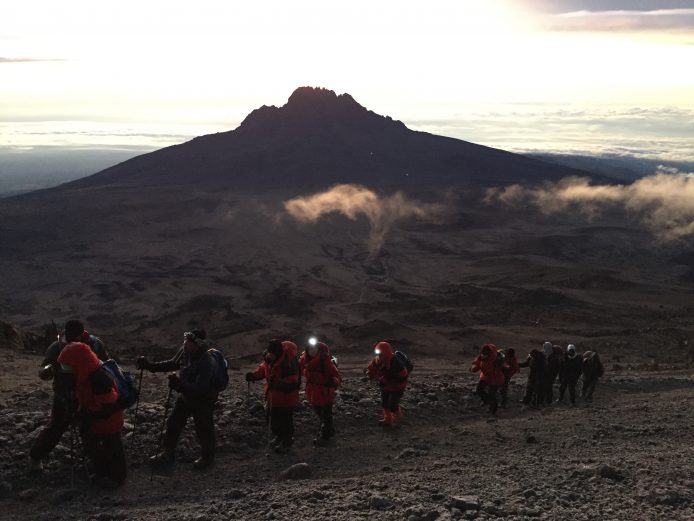
Oh Krista, this was beautiful. I’m think of Adisa and so many other women like her and I want my answer to be “do something!” I love that you went on this journey and so thankful you are sharing it!
Of all the people I know, you certainly “do something” Katie. Thank you for standing up and for standing with….
[…] If you’d like to read more about our WHY of climbing Kili with One Million Thumbprint’s, click here: […]
Comments